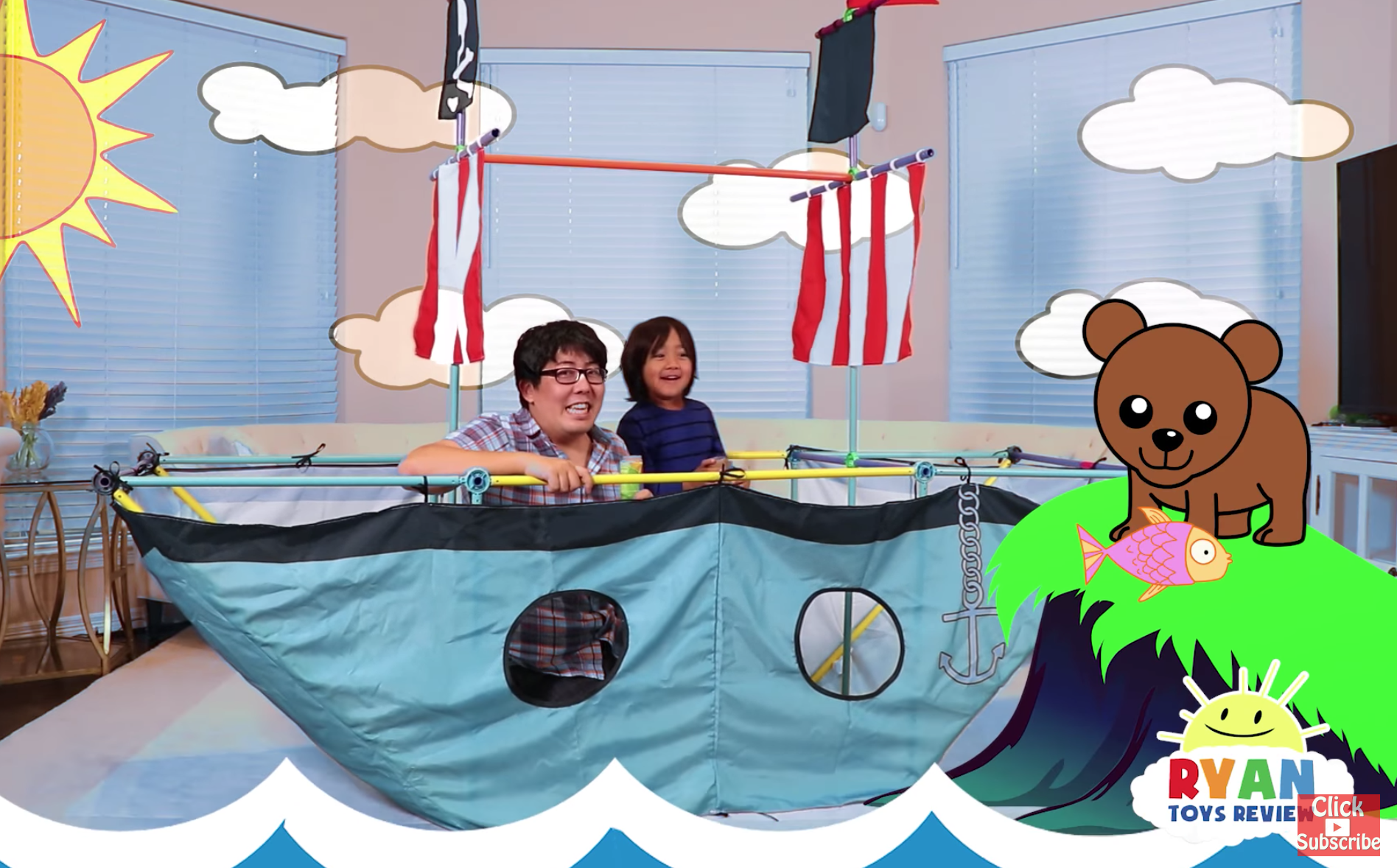
Until recently, many parents were concerned about their kids watching too much TV — a phenomenon that was linked to lower activity levels, increased body weight, and possibly even changes in cognitive function. But as conventional wisdom around the impact of bad TV habits has evolved, parents now face a new challenge: the rise of YouTube.
In general, kids watch far more video content online than on TV, and YouTube is a big player in this game. The platform has more than one billion users — nearly a third of the Internet — and teens and young adults watch an average of 12.1 hours of online videos per week via YouTube and social media. This trickles down to younger viewers, too: Informal surveys of parents indicate that most kids are on YouTube at least several times a day. YouTube content creators, which include those same parents and kids, appeal to their target audience with a topic they know many kids relate to: toys.
Kids have a particular affinity for videos that involve unboxing and playing with toys, from Lol Surprise dolls to Shopkins to “surprise eggs” covered in Play-Doh and filled with toys. According to one report, 20 of the top 100 YouTube Channels relate to toys, and they can earn over 4.5 billion views in a single month. These videos are so popular that many creators are making the equivalent of full-time salaries. Those who host top channels are said to be clearing as much as $11 million per year.
Parents find the trend everything from harmless to confusing to downright disturbing. “Both my kids like the YouTube unboxing videos, and I really don't understand the appeal,” says Samantha Scroggin, mom to a 2-year-old daughter and 6-year-old son, both of whom will watch the same unboxing video on repeat. While she says the videos seem “a little fetish film–like,” she believes they do have a place.
“The success of these videos proves much of the appeal of getting presents is in the opening of them,” she says. “If we can just have our kids watch these videos instead of getting them a bunch of presents they forget about right away, I guess I'm for it.”

I grew up watching Nickelodeon and the Disney Channel, and I was completely enthralled by toy commercials. My sisters and I would race to shout “I want that!” every time an ad for Polly Pocket, Barbie, or Gak began. Because kids today consume media primarily through streaming, they aren’t exposed to commercials as often as I was, and toy-focused YouTube channels have stepped in to fill that hole.
In fact, five of the 10 most-subscribed YouTube channels targeting children are about toys — unboxing them, reviewing them, playing with them. ToyPuddingTV, which unboxes baby doll sets, surprise eggs, and toy cars, has more than 12.2 million subscribers. Ryan ToysReview, which stars Ryan and his family and friends playing with his toys, has 12.1 million.

For kid viewers, these videos are like “candy for the brain,” says psychologist and media expert Erik Fisher. “They’re stimulating, entertaining, engaging, and allow kids to experience different things vicariously. The videos also tend to be short, meaning kids can move from video to video and often click to the next before one is even finished.”
Kids can access YouTube anywhere on any device, and the platform’s endless content offers them a way to escape in 10 minutes or less — and then repeat the process over and over. This works because YouTube’s algorithm, which recommends related content, continues to offer kids what they want. If a viewer watches a toy unboxing video, the algorithm will suggest more videos like it, the viewer will click through, and content creators make more similar videos to feed the demand.
While some kids are watching hours of video, others prefer to be the stars of the show. Research suggests that creating YouTube content is just as addictive — perhaps even more so — as consuming it. This feeds into a broader trend toward social media “addiction,” which suggests that Americans are spending more time on their phones and on social media checking the number of “likes” and comments they receive on social posts. Scientists believe teenagers’ brains may even be hardwired to respond to “likes.”
The question is whether regular watching of ad-like toy unboxing videos can foster the same “addictive” tendencies in the still-developing brains of the young children and even toddlers who flock to them. However, watching a lot of YouTube doesn’t necessarily constitute a medical addiction, says Elizabeth Milovidov, founder of DigitalParentingCoach.com. Rather, based on guidelines from child development experts, if kids are able to engage in school and hobbies, can connect socially, and are physically healthy, their YouTube habit may not be problematic.
The impact of excess screen time is still the key factor parents should watch for. Parents can be on the lookout for signs of anxiety, depression, eye strain, poor posture, headaches, and nightmares, all of which may be attributed to overconsumption of digital media. That means parents can and should monitor kids’ YouTube time — what they are watching, how much, and how often — to stay on top of physical and emotional signs of overconsumption. The American Academy of Pediatrics also recommends putting together a family media plan to determine how much and what kinds of media kids can consume.
“Parents must act as the digital guardians for their children, and this includes protecting them from overexposure to the Internet and technology,” Milovidov says.




